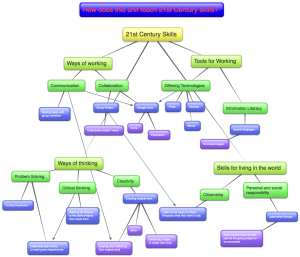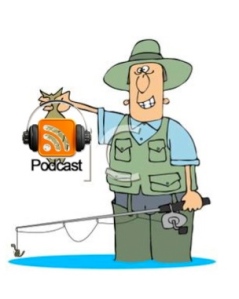21st Century Skills are an important new focus in education. On July 16th I blogged about the role of the teacher in 21st Century Learning, but what are these “necessary skills” the 21st Century Teacher should be focusing on to teach the 21st Century Learner?
As I so often do, I turned to Google, and was amazed by what I found…There is no one, commonly accepted set of these. There seem to be an infinite number of ways to group, label, and organize these same skills. I found pages about skills in education, skills needed by today’s workforce, and even how to pages for software. In my search to figure out the way that made the most sense to me I ran across a page appropriately labelled What are 21st Century Skills?
This page is published by a group called The Assessment and Teaching of 21st-Century Skills. This group was created for a research project to proposes ways of assessing 21st-century skills and encourages teaching and adopting those skills in the classroom. Not only was this categorization listing 21st Century skills in an education, but to me the categories made more sense than any other I found.
They break 21st Century Skills into four categories: ways of working, tools for working, ways of thinking, and skills for living in the world. I see these as distinctly different categories, but yet all encompassing in a much more meaningful way than a simple listing of the numerous skills.
As I recently completed a technological enhanced unit plan for my graduate school course, I was challenged to address how this unit addresses 21st Century skills and represent this in a visual way. Using bubbl.us I created this mind map showing the four categories I found and how this unit addresses them.
I attempted to embed it, but as I’ve said, I’m still learning these skills and it wouldn’t work, 😦 so I included the image above. Click on the image to see, and be able to zoom, the map of my mind – at least as it relates to this topic. 🙂
I guess in this effort, I have challenged myself to use news ways of working, with new tools for working and a different way for thinking. Utilizing the skills I am hoping to teach my students is a way to show we are always learning. Lets hope I can continue to always use the skills I teach.










Recent Comments